The University of Namur and SCK CEN are sending Rotifers In SpacE (RISE Project): a world premiere
This autumn, the University of Namur (UNamur) and the Belgian Nuclear Research Centre (SCK CEN) are sending a unique experiment to the International Space Station (ISS). A spatial enterprise strictly led by Belgian labs! As part of this research, hardware has been developed to keep rotifers alive autonomously, i.e. without any intervention from an astronaut. These rotifers have an extraordinary radioresistance.
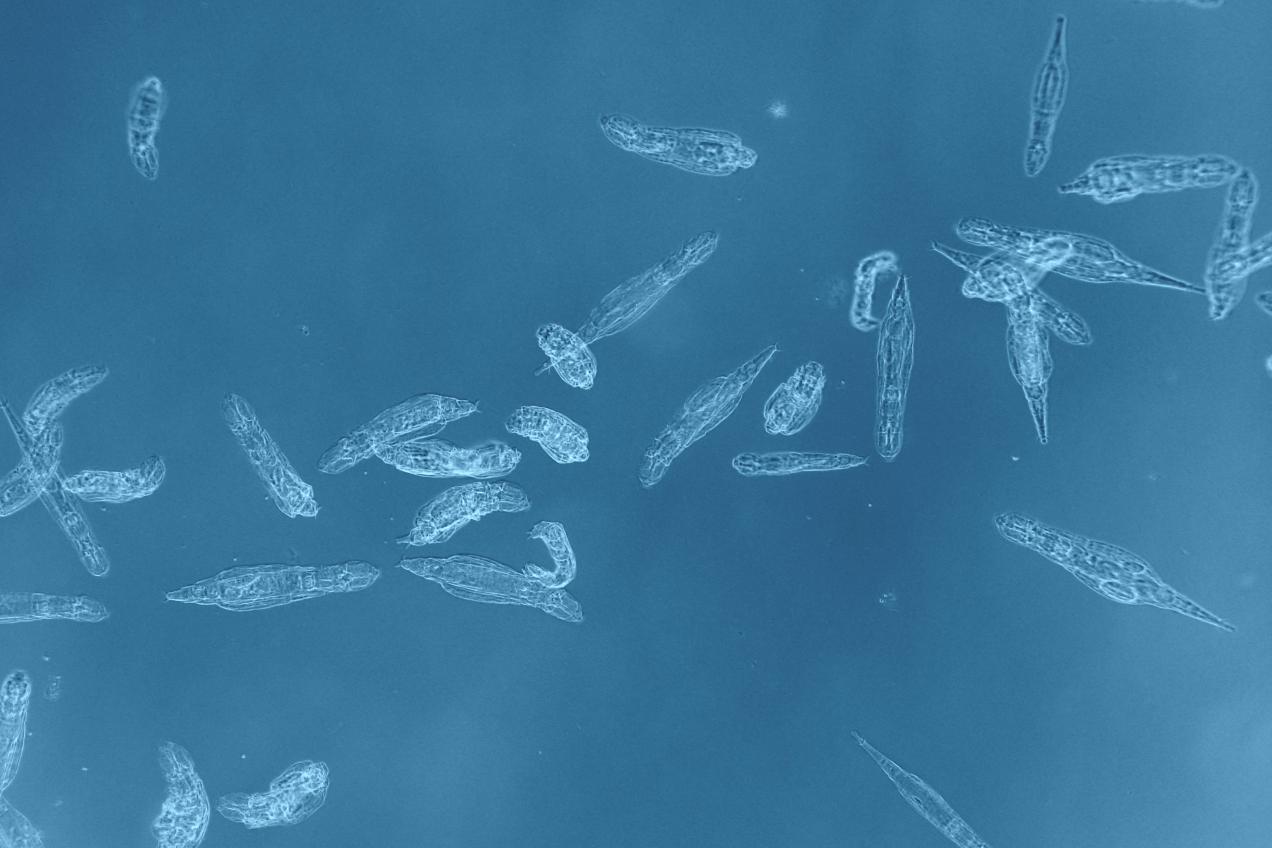
“This experiment will help reveal the underlying causes of this strong radioresistance, these insights can play a role in increasing radioresistance of astronauts in the future”, explains Prof Karine Van Doninck, biologist at UNamur and principal investigator of this project.
To reveal the underlying causes of such extreme resistances, UNamur and SCK CEN are sending an experiment into space. Launching from Florida this December, the rotifers will orbit around the earth in the ISS during two weeks and as a result be exposed to the effects of space. When they come back to earth, the researchers will examine the samples for reproduction, gene expression and genome structure. “Gene expression gives cells the signal to produce proteins, when they are needed, in order to restore the damage made to the DNA for example. By studying this in detail, we will be able to see what processes take place in rotifers and consequently what processes protect them from extreme conditions in space”, explains Dr Boris Hespeels, biologist at UNamur. Karine Van Doninck (UNamur) adds: “Afterwards, we will check whether the genome structure of the damaged DNA has been restored correctly. A badly restored genome can lead to infertility, anomalies in the offspring or even to death.”
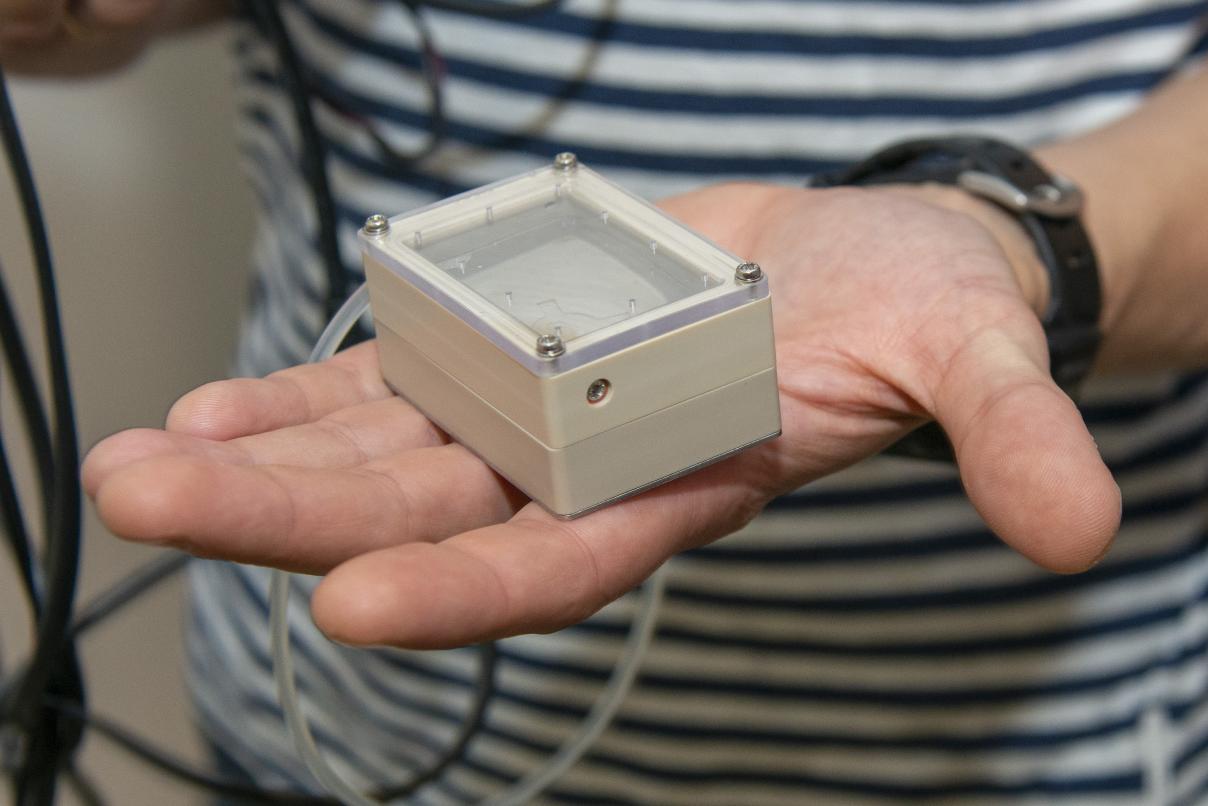
Applications on earth
Researchers have played it safe for this study. “There was a great deal of preparation involved but the research will pay off”, states Hespeels, who is in charge of the scientific coordination of this project. Bjorn Baselet, radiobiologist at SCK CEN, continues: “An insight into the underlying causes allows us to improve the astronauts’ resistance against cosmic radiation. It opens the door to further space exploration and the research will also prove its worth on earth.” These findings could, for example, lead to measures to improve the protection of professionally exposed people or cancer patients during their therapy against the negative effects of radiation exposure. “This project is a unique opportunity to gain insight into how life can adapt and is evolving in extreme environments”, concludes Hespeels (UNamur).
Outreach
Scientific mediation
The UNamur scientific mediation cell (Confluent des Savoirs) and SCK CEN have planned many actions for secondary school students and public events such as the “Printemps des Sciences”. All year long, schools will be provided RISE kits to study rotifers in the classroom, and workshops about rotifers will also be proposed.
Art and science
This project also inspired artists. Van Doninck (UNamur) explains: “Internationally renowned artists mixed art and sciences by including rotifers and the RISE project in various original sculptures, cartoons, artistic multimedia installations, pictures, etc. These pieces of art will enable the public and young people to apprehend complex researches and technology in a creative and understandable way.” UNamur and the KIKK Festival will hold a double exhibition in Brussels (Halles de Schaerbeek) and in Namur.
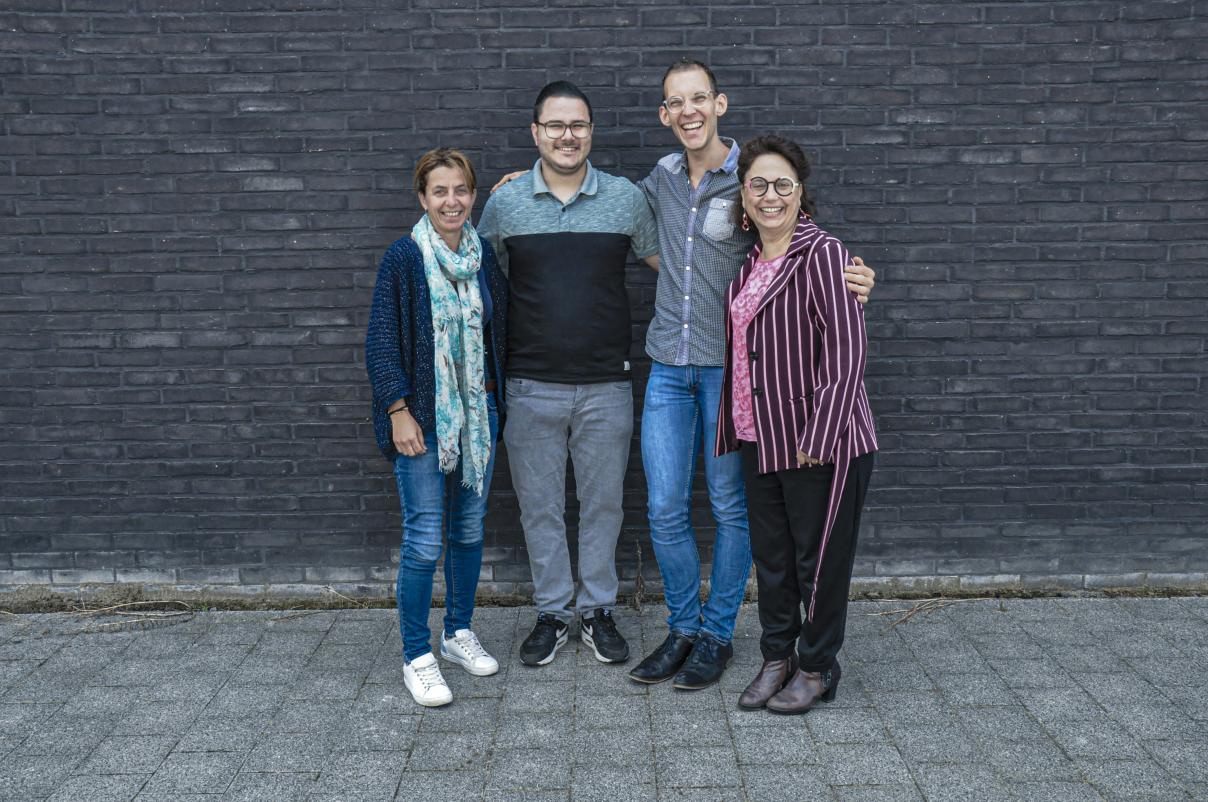
Joined forces
This project is an incredible story of women and men from different institutions cooperating together. Biologists Karine Van Doninck and Boris Hespeels (UNamur), physicists of the UNamur laboratory of Prof S. Lucas and Anne-Catherine Heuskin, and radiobiologists Sarah Baatout and Bjorn Baselet (SCK CEN) joined forces to send this unique experiment into space. This study could not have been pursued without a grant from ESA and the engineering expertise of Kayser Italia.
Press contact
pers [at] sckcen [dot] be (pers[at]sckcen[dot]be) - 014 33 21 49
Related articles
- 17 April '24
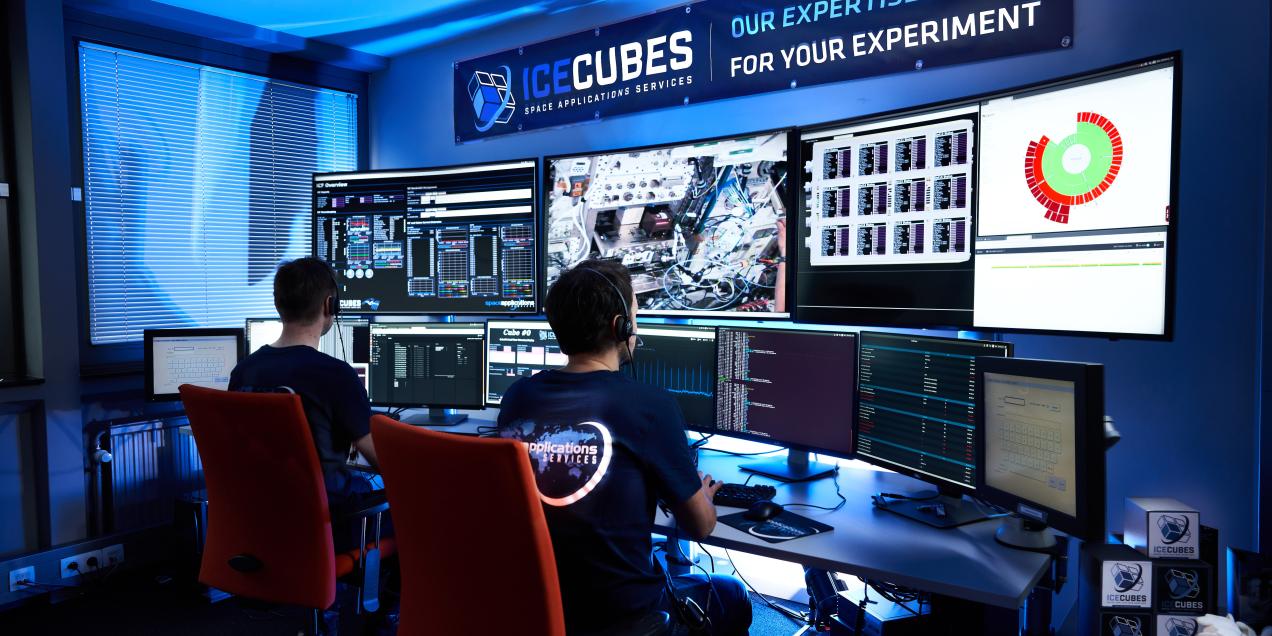 30 August '23
30 August '23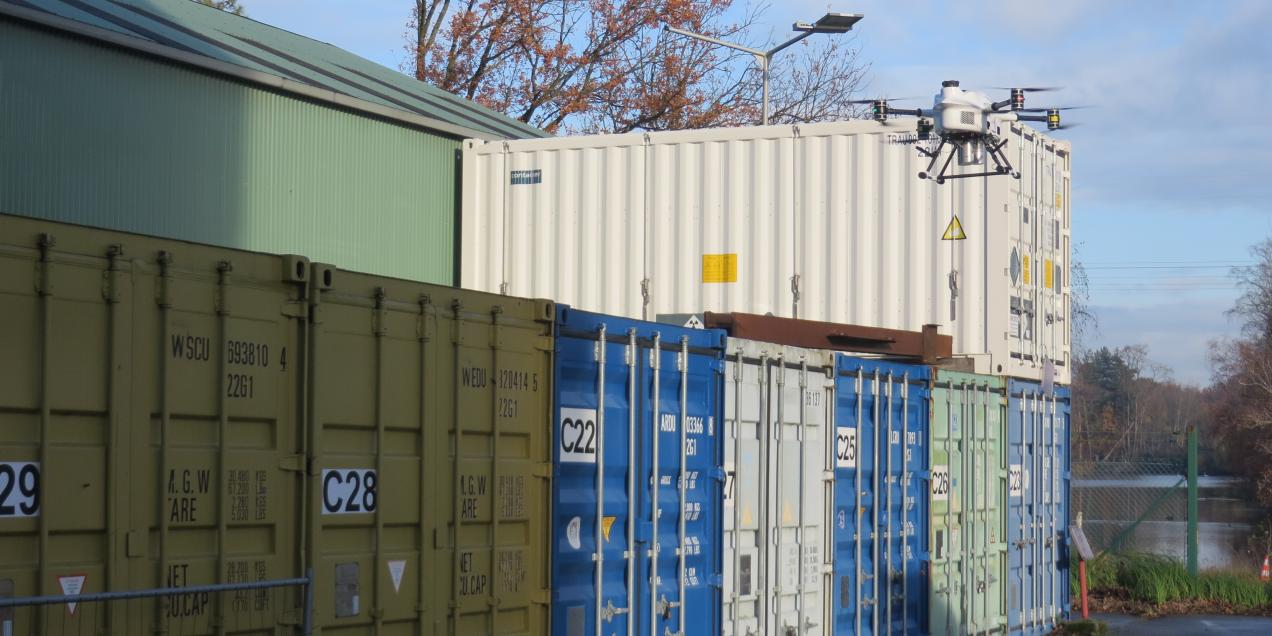 02 February '23
02 February '23